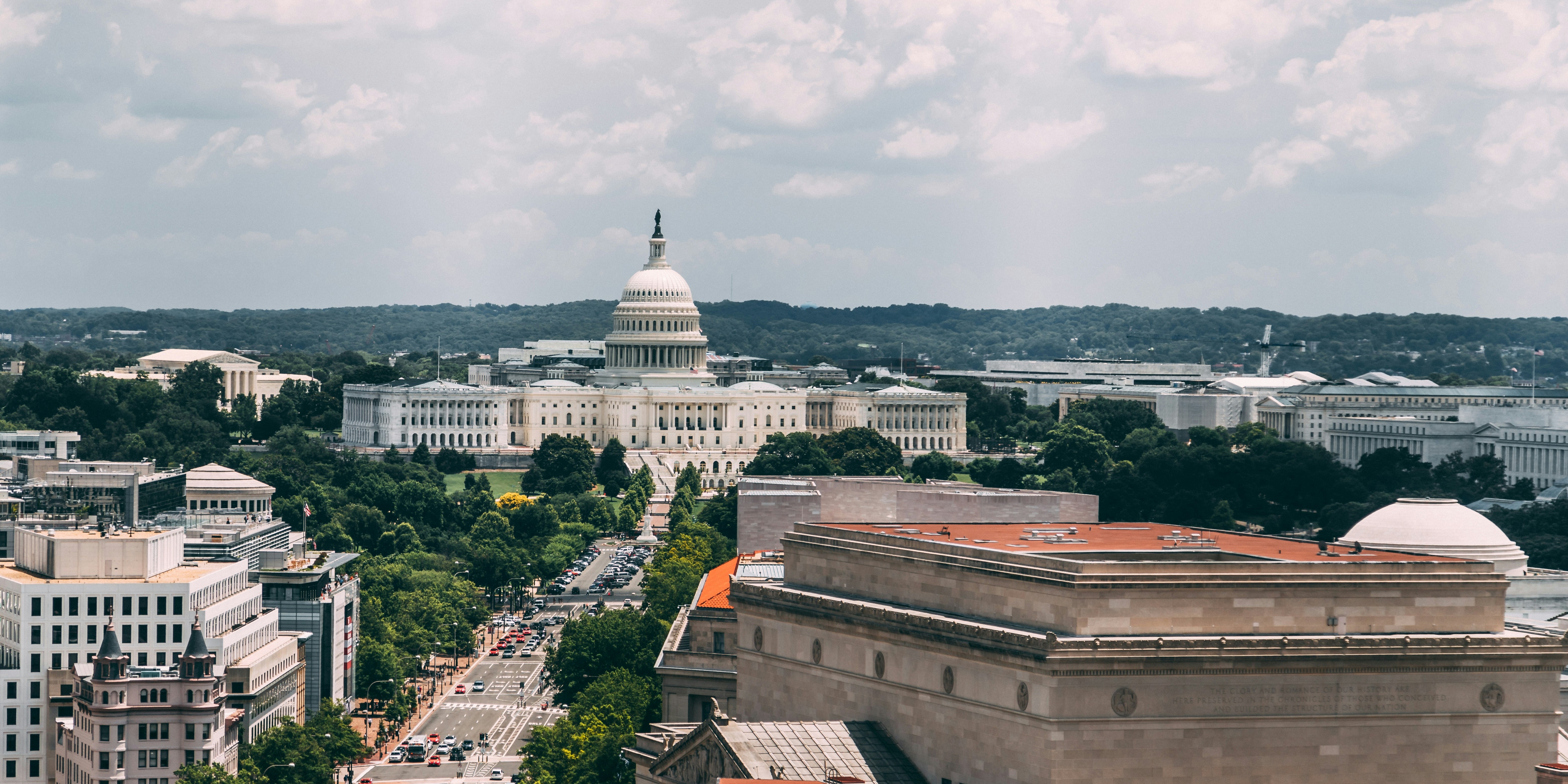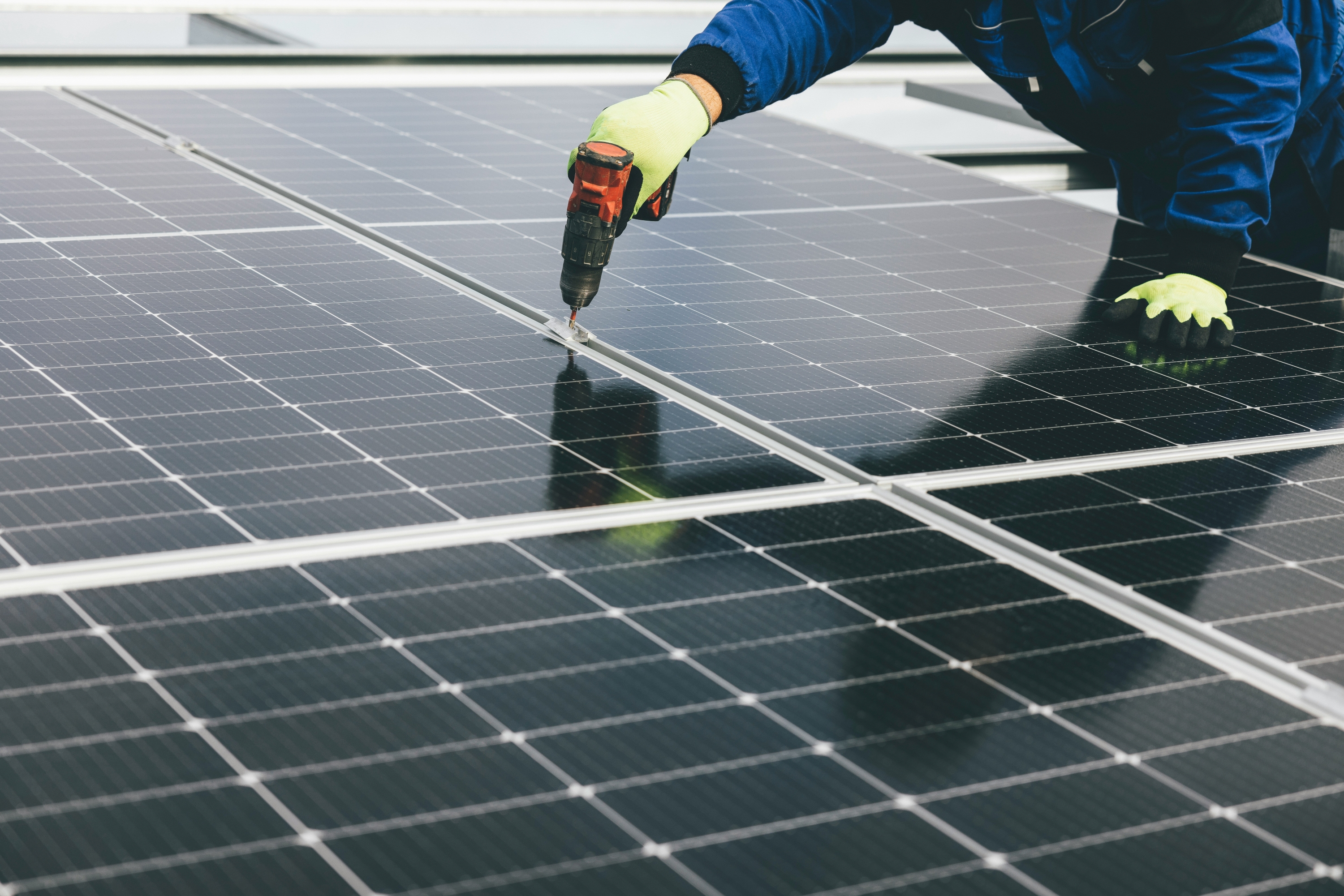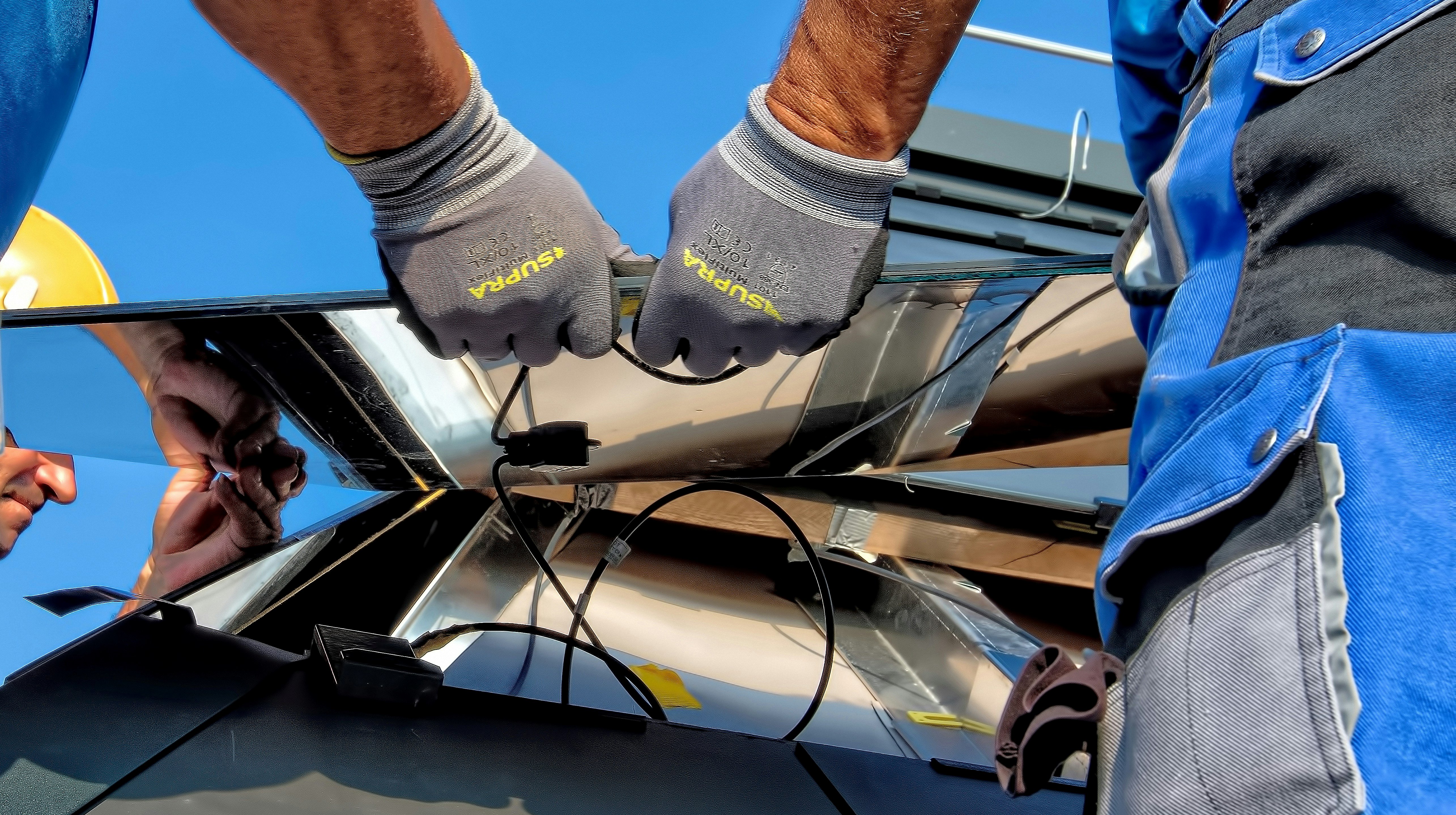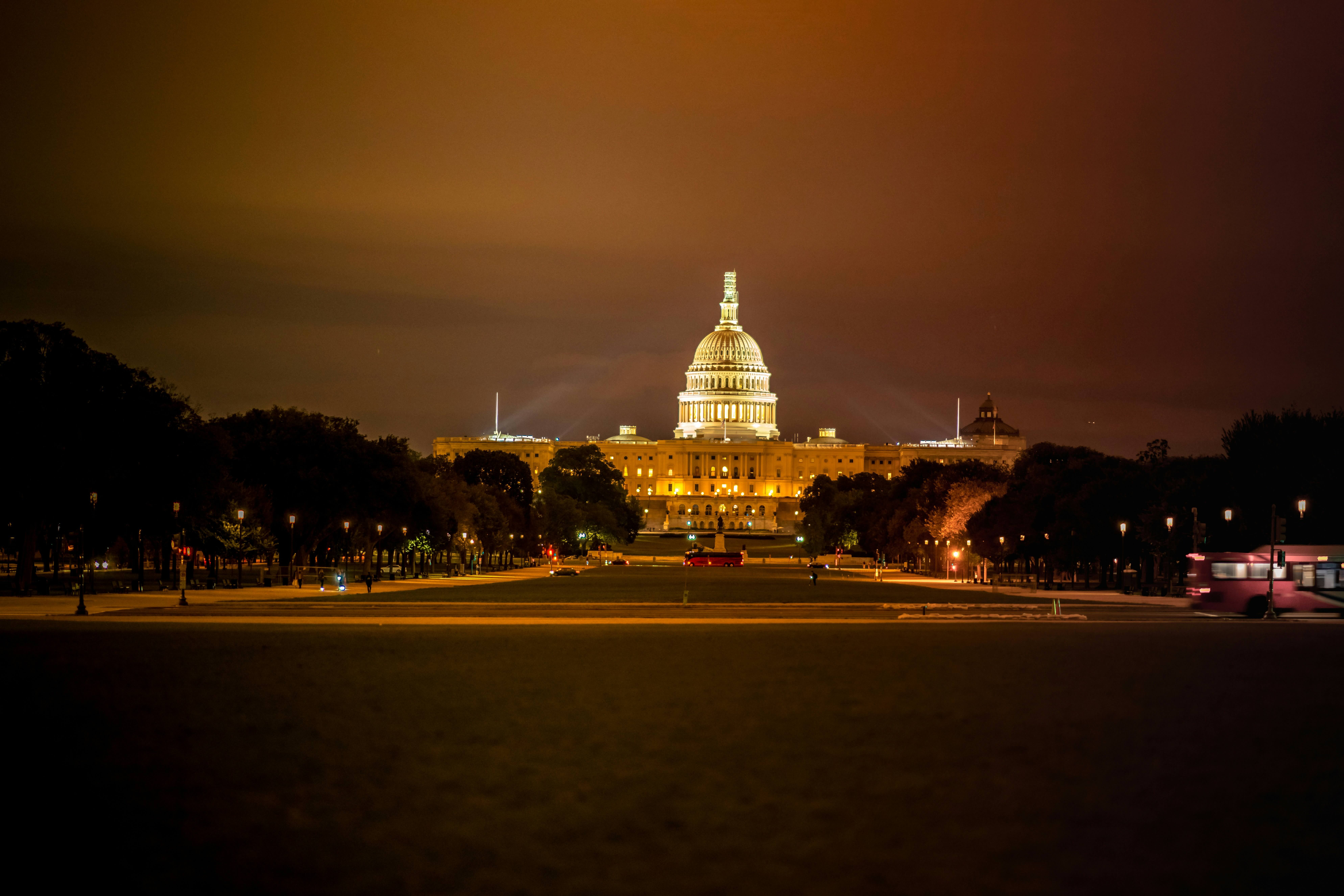On Friday, July 4, 2025, President Trump signed into law the One, Big, Beautiful Bill Act, which, as most of you may know, significantly limits clean energy tax incentives from the 2022 Inflation Reduction Act (IRA).
Key Takeaways
The countdown is on– under the new law, wind and solar projects must either be completed by the end of 2027 or begin construction within the next 12 months to be eligible for 45Y and 48E tax credits (also known as the ITC and PTC). Despite the hard cutoff, there is a silver lining compared to earlier drafts of the bill. Eligibility based on beginning-of-construction versus placed-in-service was hard-fought for by the industry, and this decision will give developers more control and certainty over their projects, as well as make financing easier to secure.
The other good news? Other technologies claiming these credits, including battery storage, hydropower, and geothermal, were spared. In addition, tax credit transferability was left untouched.
The bill also took aim at consumer-facing clean energy incentives:
- Electric vehicle-related credits (30D, 25E, 45W) will be repealed for purchases after September 30, 2025.
- Electric charger credits (30C) go away for projects placed in service after June 30, 2026.
- Residential energy efficiency (25C) and solar (25D) credits disappear after December 31, 2025.
- Importantly, although tax credits for residential solar owned by homeowners will be phased out, third-party-owned residential systems will still be eligible, keeping the rooftop leasing model alive and well.
Tax credits for clean hydrogen (45V) are now eliminated after 2027, a gentler outcome than earlier versions of the bill. Clean fuel credits (45Z) are also extended through 2029. Other key credits emerged unscathed– carbon capture (45Q) and nuclear (45U) retain their original sunsets from the IRA, and advanced manufacturing (45X) suffered only an elimination for wind components and a phase out for critical minerals.
FEOC Impacts
The bill also finalized long-debated “foreign entity of concern” (FEOC) provisions. Though they have been better defined, we still expect compliance to have ripple effects across the industry.
For projects starting construction in 2025, FEOC ownership rules will prohibit claiming tax credits on projects owned by specific foreign entities (like Chinese government entities), but the rules also extend to minority owners, debt providers, and other recipients of payments. For projects starting construction in 2026 and beyond, materials sourced from FEOCs must fall under a shrinking cost threshold, starting below 60% and tightening over time.
While the ownership rules may have a more limited effect, the material assistance rules will have wide sweeping impacts across an industry with significant Chinese presence in the supply chain.
Safe Harbor In Jeopardy?
Although not an ideal outcome for the industry, we expect the passage of the bill to provide much-needed clarity for developers and their partners. Over the past few months, we’ve seen a surge in developers buying panels and equipments to incur 5% of costs to mark the beginning of construction and continue qualifying for ITC and PTC. This “5% test” has been a longstanding safe harbor method, going back to Treasury guidance in 2009, and despite the whiplash of the various bill drafts, industry consensus was that locking in early equipment orders shortly after bill passage was key to secure project pipelines.
However, on Monday evening, President Trump issued an executive order targeting wind and solar, including calling on Treasury to issue new and revised guidance on “beginning of construction” safe harbors. The order called for “restricting the use of broad safe harbors unless a substantial portion of a subject facility has been built.” This language would raise the bar for safe harboring significantly, and could knock many pre-construction projects out of eligibility.
The current safe harbor rules should still be in effect until Treasury releases guidance in the requested 45 days at the end of August, so we expect the rush of equipment orders to continue. Congressional oversight should prevent Treasury guidance from contradicting the intent of the safe harbor under the passed bill, but expect solar and wind projects to face more scrutiny. It will be important for developers not to cut corners and to carefully document beginning-of-construction activity.






















